Wasabi is one of those things you either love or hate due to its nose-tin spice and bright green color. This mysterious hot paste has been around for hundreds of years and has become popular globally. Here are ten hot facts about wasabi that will leave your mouth tingling for more.
Wasabi was used to avoid food poisoning
It is thought that wasabi was used to accompany sushi due to its anti-bacterial qualities. The wasabi plant contains a chemical called allyl isothiocyanate, which is used as an insecticide. Many fish carry parasites, and wasabi was eaten alongside sushi and sashimi to kill off any bacteria on the fish.

Wasabi is surprisingly nutritious
You may not think of wasabi as anything special, but it contains several great nutritional benefits. Fresh wasabi contains vitamin B6, calcium, magnesium, potassium, and manganese. It is very low in cholesterol and sodium and is a great fiber and vitamin C source.
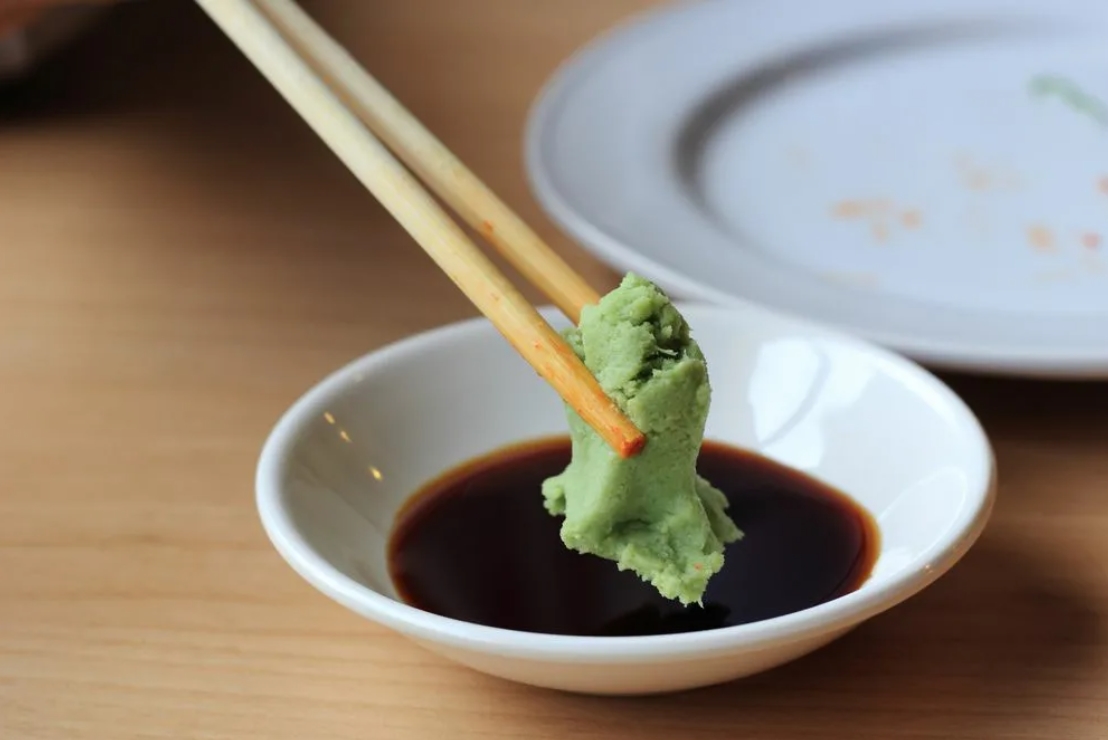
There are special graters for wasabi
Most people have a cheese grater in their homes or perhaps a spice grater, but have you heard of a wasabi grater? Using a special wasabi grater when creating a paste is suggested because it breaks down the wasabi plant. A wasabi grater is called an oroshigane. When used by moving the wasabi in a circular motion, this particular grater creates a fine paste.
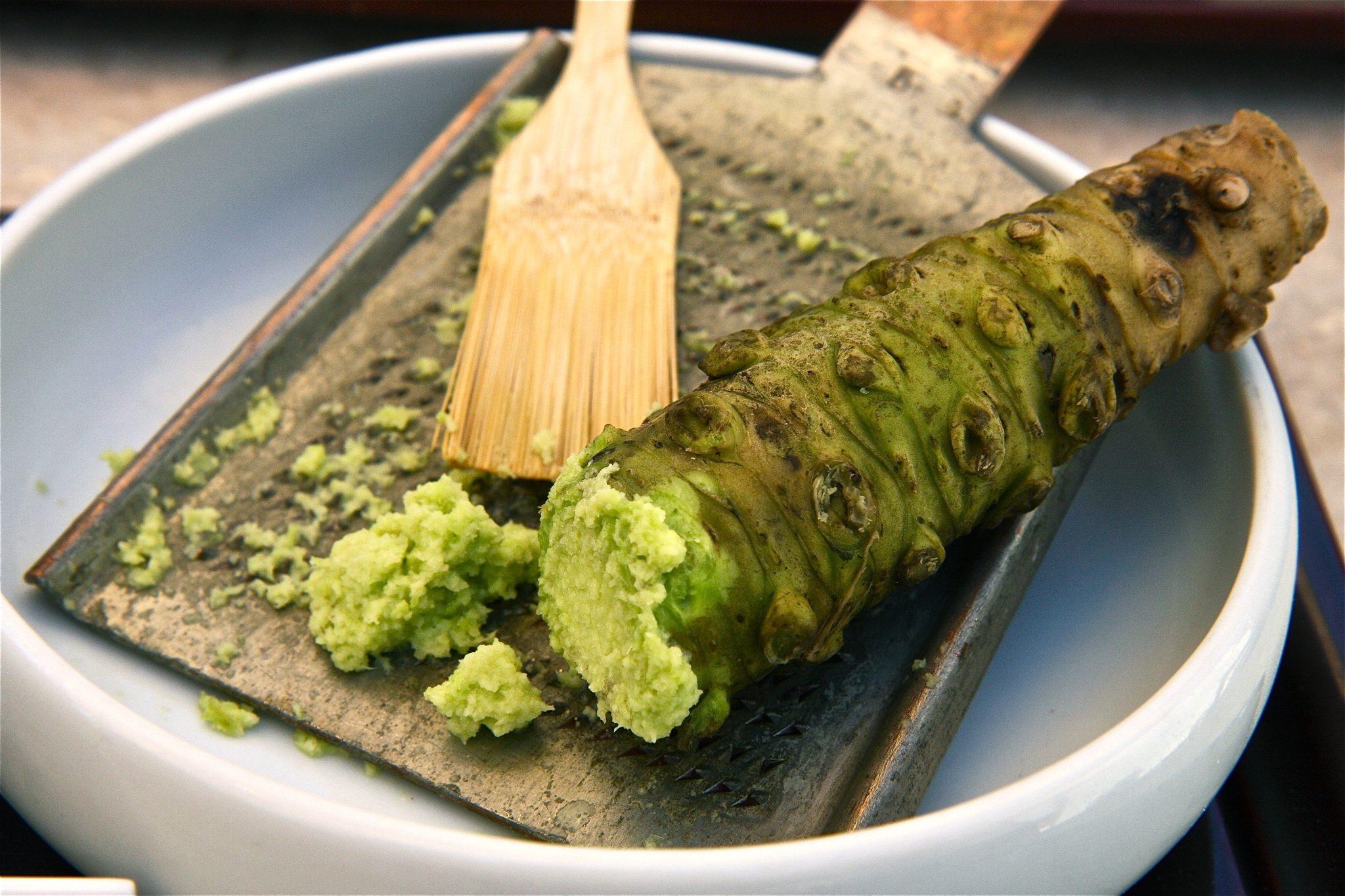
Wasabi is an herbaceous plant
Many consider wasabi to be a root, like ginger, but it is a herbaceous plant and shares more in common with cabbage! It is part of the Brassica family, including cabbages, horseradish, and mustard. The stem contains the hot spicy flavor that wasabi is made from.
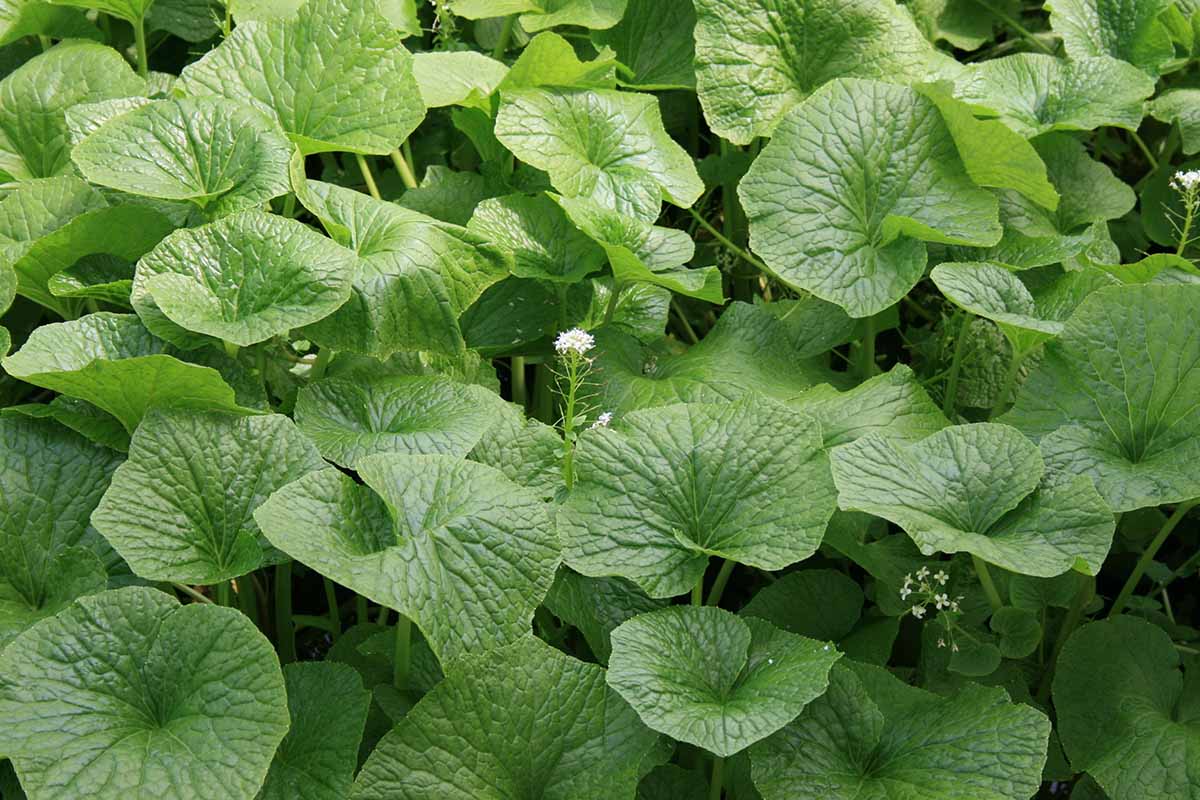
Evidence shows that wasabi was eaten as early as 14,000 BC
Archaeological evidence suggests that the Ancient Japanese have been eating wasabi since 14,000 B.C. Research indicates that it was first cultivated in the early years of the Edo period in Japan. The Tokugawa clan were the first to cultivate wasabi, and their family crest is made up of 3 wasabi plant leaves.
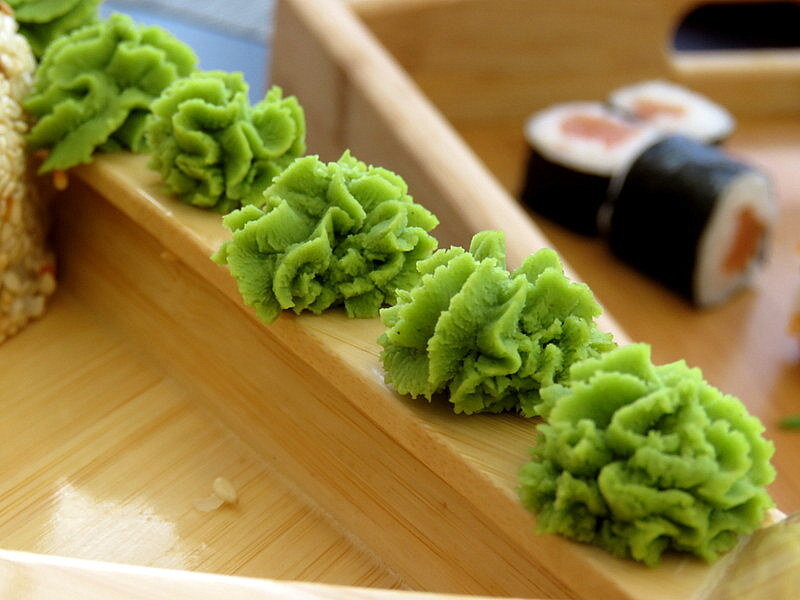
Oka wasabi is wasabi grown in soil
On the back of a wasabi packet, you may see “oka wasabi.” This is the name given to wasabi grown in soil, not in the wild. It is often considered a lesser quality product, so it is often used in supermarket products rather than eaten fresh.
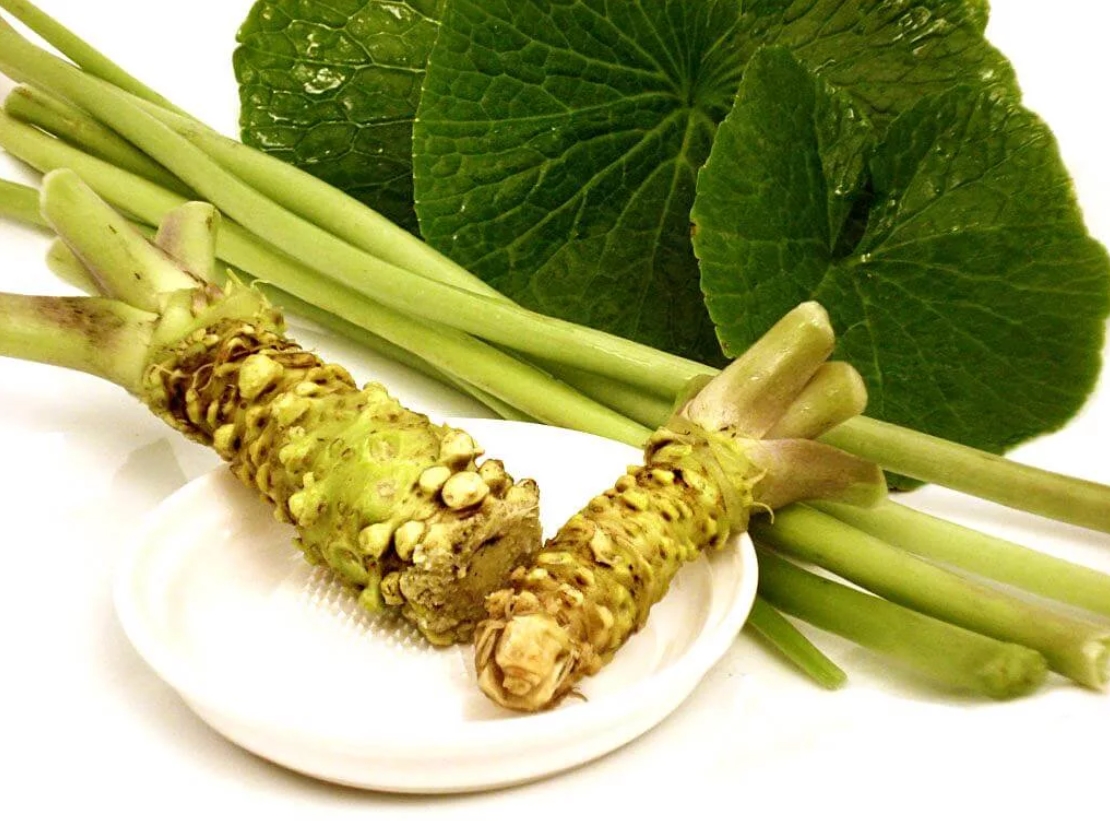
Wasabi is the “gold” equivalent of vegetables
We may take wasabi for granted as it appears every time we eat sushi. But to get your hands on the real deal, you are looking at spending around $250 for just over 2.2lbs (1 kg). It is considered the most expensive vegetable globally, primarily due to its difficulty in growing.
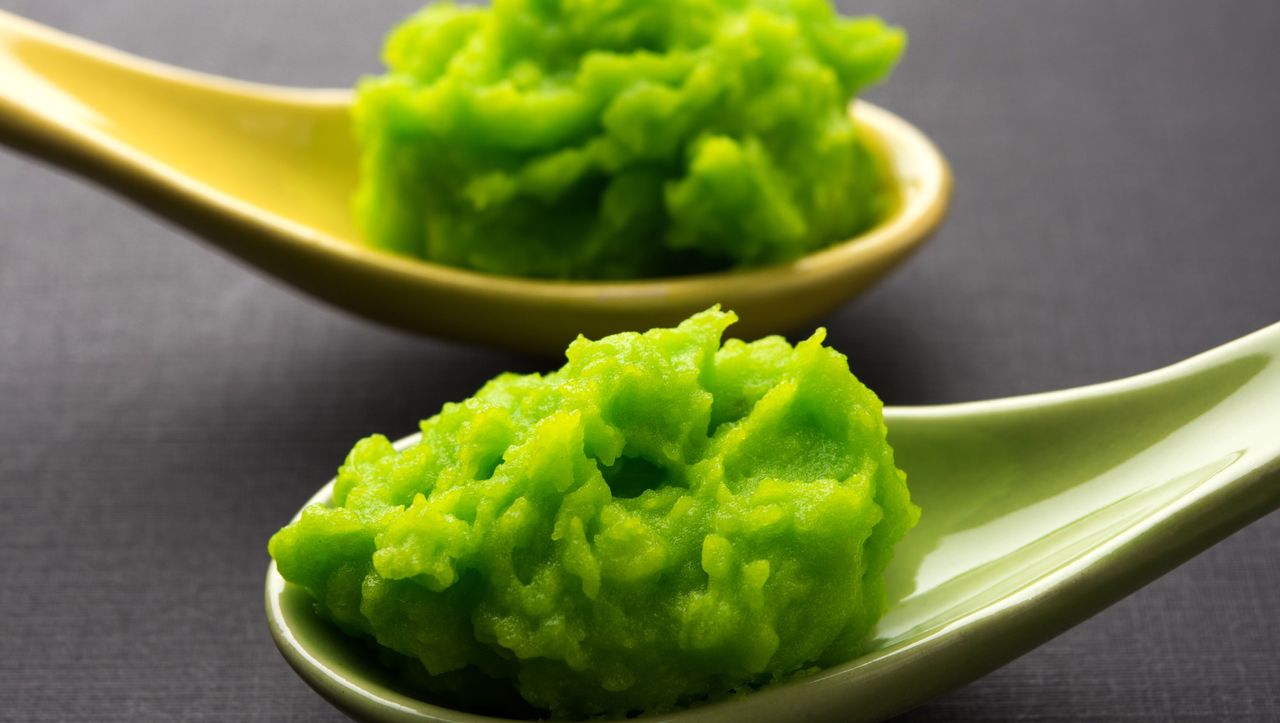




Related Posts
7 Interesting Facts About Running
7 Health Benefits of Laughing
5 Brilliant Facts About Rhinoceros Beetles